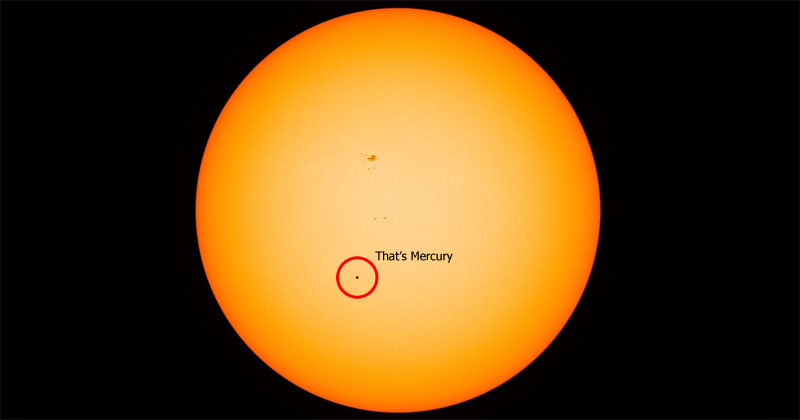
Introduction
The relationship between Mercury and the Sun is a compelling topic that highlights the dynamics of our solar system. Mercury, the closest planet to the Sun, presents unique characteristics that are shaped profoundly by its proximity to our star. Understanding the interplay between these two celestial bodies is essential not just for astronomers, but for anyone interested in the complexities of space and planetary sciences.
Characteristics of Mercury
Mercury is the smallest planet in our solar system and orbits the Sun at an average distance of about 57.91 million kilometers (36 million miles). Due to its minimal atmosphere, surface temperatures fluctuate dramatically, ranging from -173°C at night to 427°C during the day. This extreme temperature variation can be attributed to its lack of substantial atmospheric insulation. Additionally, Mercury’s surface is covered in craters and has a rocky composition, making it somewhat similar to our Moon.
The Sun’s Influence on Mercury
The Sun plays a significant role in shaping life on Earth, but its gravitational force and radiation also have profound effects on Mercury. Being the closest planet to the Sun, Mercury experiences high levels of solar radiation, making it an inhospitable place for human life. This intense exposure leads to the frequent solar wind events that can strip away the atmosphere of the planet, a phenomenon observed by NASA’s MESSENGER mission which orbited Mercury from 2011 to 2015.
Key Events and Discoveries
Recent discoveries about Mercury shed light on its relationship with the Sun. NASA’s MESSENGER mission contributed significantly to our understanding of Mercury’s geology and its magnetic field, which is surprisingly strong for such a small planet. Additionally, studies have shown that Mercury’s daytime surface temperature is affected by solar activity, including solar flares and sunspots. Understanding these interactions is crucial for future space missions and for comprehending the lifecycle of other rocky planets.
Conclusion
The relationship between Mercury and the Sun is an ongoing subject of interest and research. The unique characteristics of Mercury, combined with its close orbital proximity to the Sun, make it a key planet for studying the effects of solar radiation and gravitational forces on planetary bodies. As technology advances and new missions are launched, such as the European Space Agency’s BepiColombo mission set to explore Mercury further, we can expect even more revelations about this fascinating planetary duo. Such insights will deepen our understanding of not just Mercury, but the fundamental processes that govern our entire solar system.



